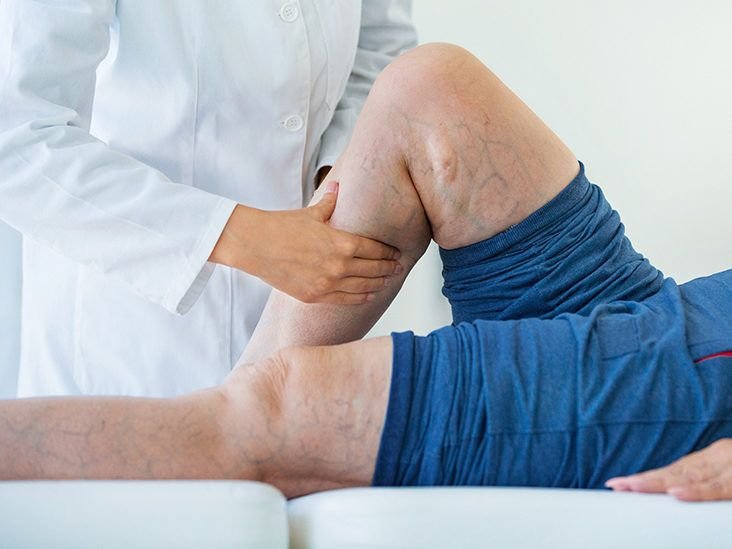Moderate physical activity combined with a good diet and the elimination of alcohol and tobacco will help improve muscle and cardiorespiratory system, and bone health. Lifestyle plays a very important role in the prevention of thrombus, so taking care of these aspects is essential to reduce the risk.
Confinements, teleworking, and a sedentary life are factors that multiply the chances of thrombus and pulmonary embolism, so it is essential to perform moderate physical activity. This is explained by a study published by the National Library of Medicine (NIH), which points out that there is a relationship between the time a person sits and the risk of idiopathic pulmonary embolism.
To carry out the research, a sample of 70,000 women was used in an 18-year study period. The conclusion was that the risk of pulmonary embolism was more than double in women who led a sedentary life compared to those who were most active.
What is a thrombus, and what are its symptoms?
A thrombus occurs when one or more blood clots (thrombi) form in a blood vessel and obstruct it. This can happen both in the veins and in the arteries.
According to the European Medicines Agency (EMA), the symptoms of thrombosis are: difficulty breathing, chest pain, swelling of the leg, persistent abdominal pain, severe headache, and blurred vision.
Why can sport help prevent a thrombus?
Movement favors the circulation of blood through the vessels and prevents it from becoming stagnant, so physical exercise becomes a key element for the health of the cardiovascular system. As detailed by the Spanish Heart Foundation (FEC), moderate physical exertion has, in general, an antithrombotic effect, by reducing the risk of occlusion of coronary arteries by a thrombus, as they are dilated.
In this way, the exercise produces dilation of the vessels, which gives a greater margin to the blood to flow; the size and walls of the heart increase slightly, which optimizes its ability to fill and empty; and improves the venous return.
Many causes cannot be controlled, such as genetics, but what can be done is to try to prevent thrombus and embolisms through regular practice of sport. Walking is one of the easiest exercises to perform and is available to anyone, but, in addition, other aerobic exercises help improve blood circulation, such as swimming, cycling, or moderate running. The World Health Organization (WHO) recommends that a minimum of 150 minutes of exercise be performed per week to avoid developing health problems or aggravating some existing ones.
If you work sitting down, it is very important to get up from your chair often and change position every few hours, as movement is very important not only for proper blood circulation but also to prevent back problems.

